Anniversary of victory in Battle of Kolubara
Today marks the anniversary of the end of the Battle of Kolubara, the first major victory of Serbia, and the Allies, in the First World War.
Thursday, 15.12.2011.
14:28

Today marks the anniversary of the end of the Battle of Kolubara, the first major victory of Serbia, and the Allies, in the First World War. After battles on the Drina River, the Serbian Kingdom's Army retreated to the area behind the Kolubara River and Ljig in the west of the country, in order to concentrate the troops in front of the town of Gornji Milanovac after fighting for several days, mostly in the region of Mt. Suvobor. Anniversary of victory in Battle of Kolubara In only three days, the Serbian armed forces managed to refresh, and slightly reinforce their troops and equipment, after which they launched a counter-offensive against the Austro-Hungarian invaders, thus ending the defensive phase of the battle. Mostly thanks to General Zivojin Misic's vision, the First Army, which was deployed at the center of military activities, managed to defeat the Sixth Austro-Hungarian Army in the region of Suvobor from December 3-5, pushing them towards the Sava River. At the same time, the Serbian Second and Third Army overpowered the Austro-Hungarian Fifth Army south to Belgrade, and pushed them north to the Sava River by December 15. During the Battle of Kolubara, which took place in the northwest area of the former Kingdom of Serbia on the 200 km wide front, and lasted from November 16 to December 15, 1914, the invading Austro-Hungarian army lost more than 250,000 soldiers. 150,000 Serb defenders also perished. The battle was not only the major Allied victory in 1914, but also an example of a clever strategic action by the Serbian army, which although smaller in number and poorer in equipment, managed to turn the defensive into a counter-offensive action. The tactic employed by General Misic, who was promoted to the rank of duke after the victory at Kolubara, is a unique example of the military-strategic turnaround which led to the first significant victory of the Serbian Army and the Allies in the First World War.
Anniversary of victory in Battle of Kolubara
In only three days, the Serbian armed forces managed to refresh, and slightly reinforce their troops and equipment, after which they launched a counter-offensive against the Austro-Hungarian invaders, thus ending the defensive phase of the battle.Mostly thanks to General Živojin Mišić's vision, the First Army, which was deployed at the center of military activities, managed to defeat the Sixth Austro-Hungarian Army in the region of Suvobor from December 3-5, pushing them towards the Sava River.
At the same time, the Serbian Second and Third Army overpowered the Austro-Hungarian Fifth Army south to Belgrade, and pushed them north to the Sava River by December 15.
During the Battle of Kolubara, which took place in the northwest area of the former Kingdom of Serbia on the 200 km wide front, and lasted from November 16 to December 15, 1914, the invading Austro-Hungarian army lost more than 250,000 soldiers.
150,000 Serb defenders also perished.
The battle was not only the major Allied victory in 1914, but also an example of a clever strategic action by the Serbian army, which although smaller in number and poorer in equipment, managed to turn the defensive into a counter-offensive action.
The tactic employed by General Mišić, who was promoted to the rank of duke after the victory at Kolubara, is a unique example of the military-strategic turnaround which led to the first significant victory of the Serbian Army and the Allies in the First World War.


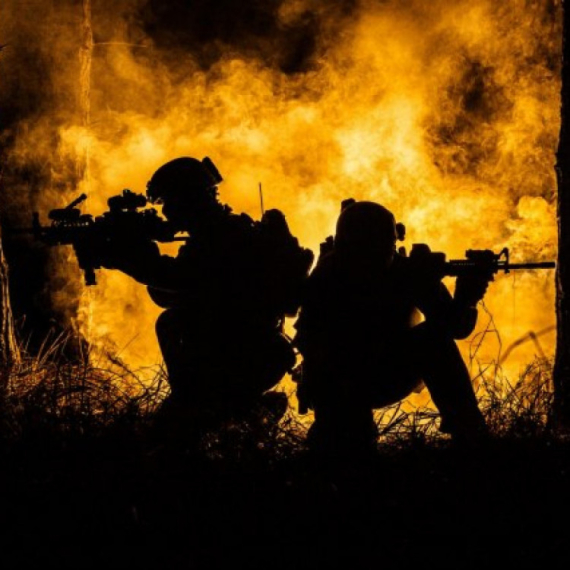

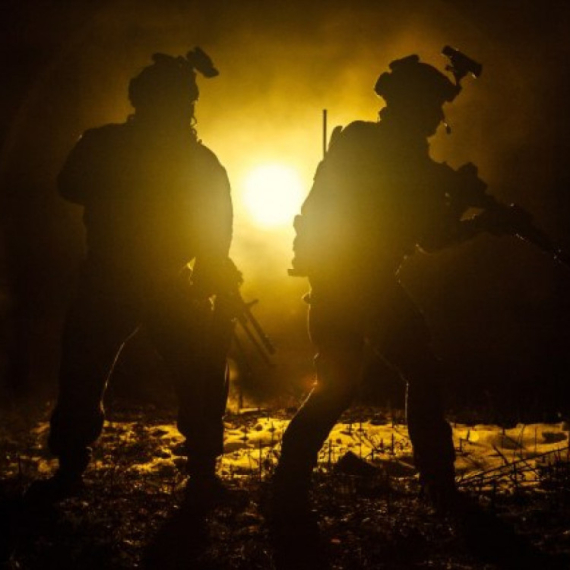









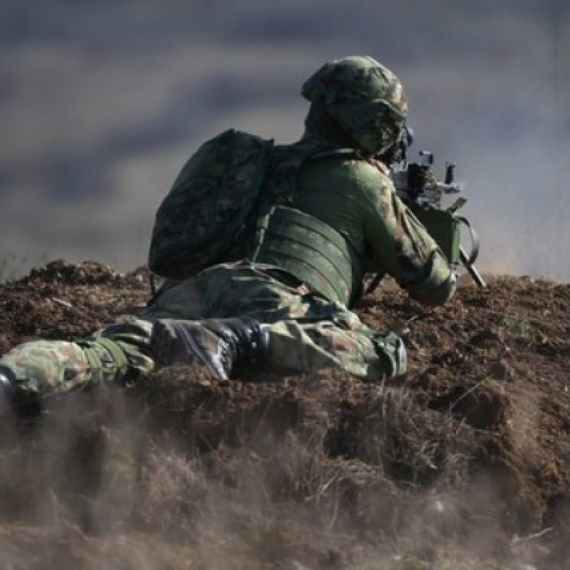

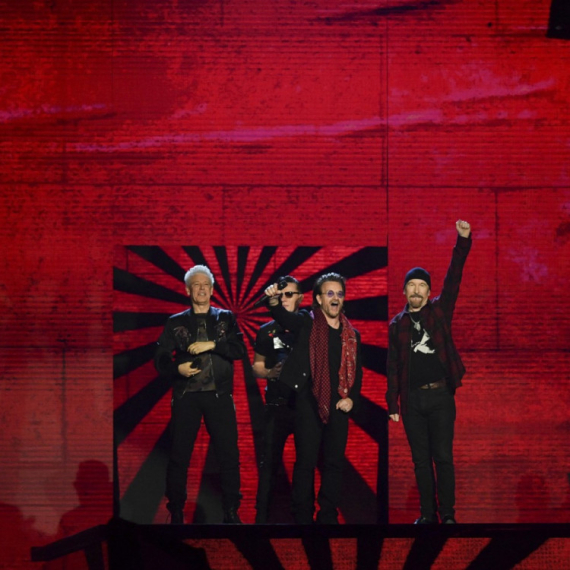

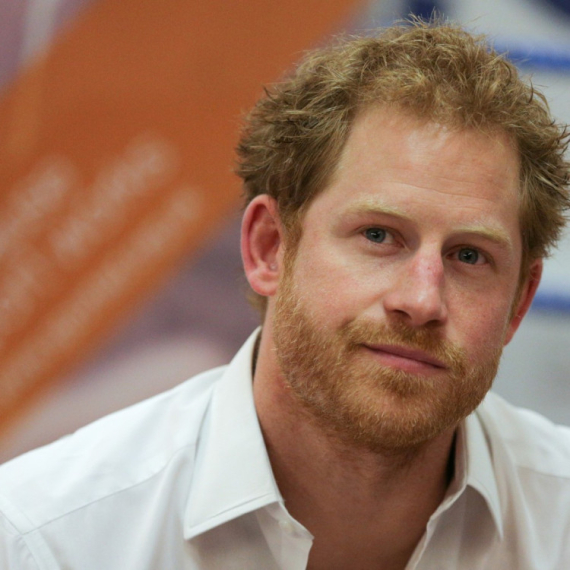



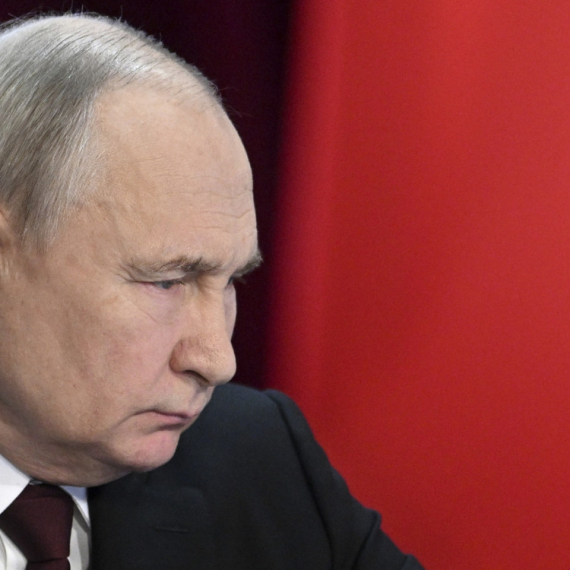
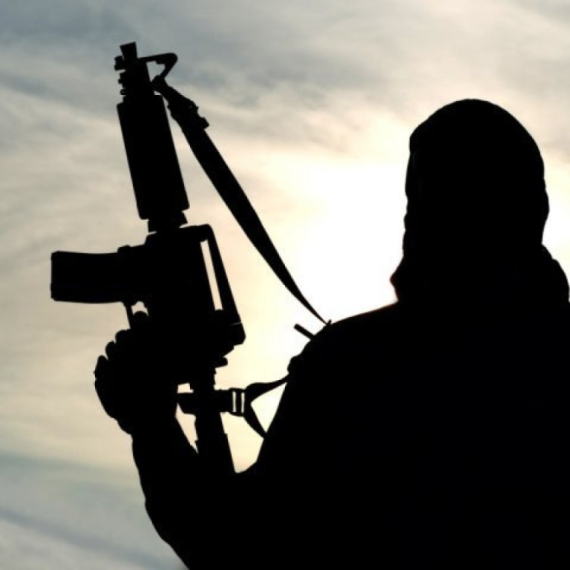


Komentari 1
Pogledaj komentare